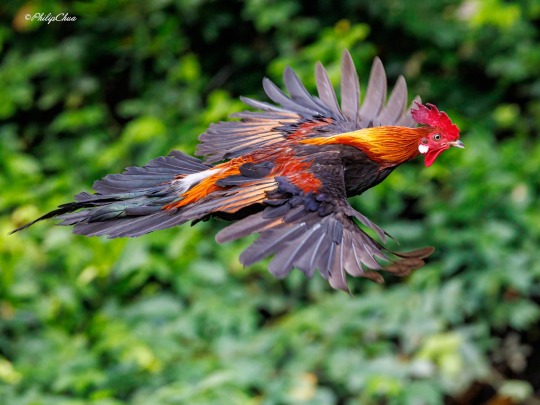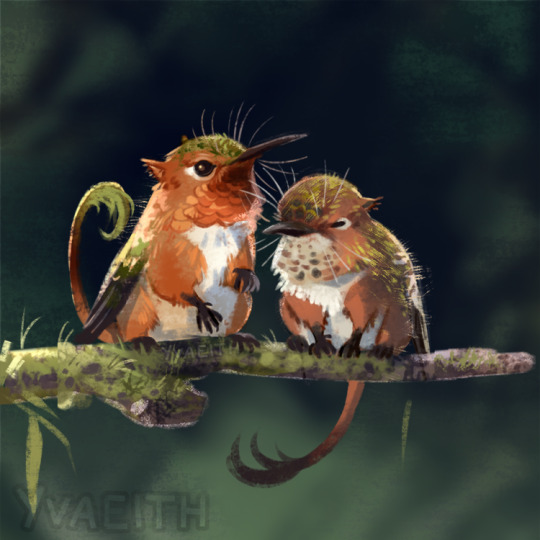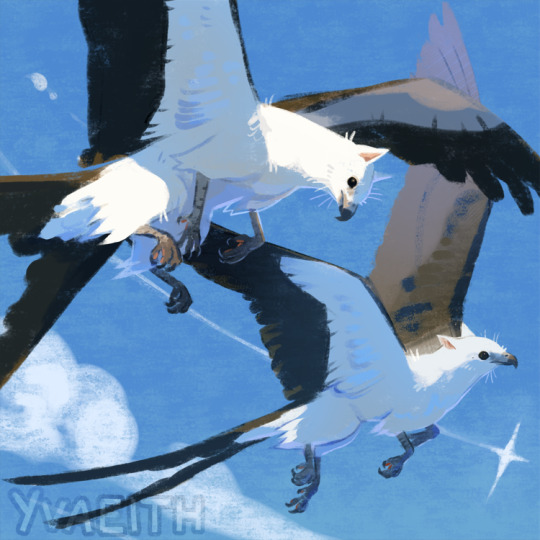- Artist - Dog and Snake owner - Hiker - Hozier fan - www.sophiaphilip.com
Don't wanna be here? Send us removal request.
Text


Red Junglefowl (Gallus gallus) male, family Phasianidae, order Galliformes, fling across the river at Pasir Ris Park, Singapore
photographs by Philip Chua
3K notes
·
View notes
Text


Barn Owl (Tyto alba), fledgling chick hauling ass across a lawn, as it was learning to fly, family Tytonidae, order Strigiformes, Netherlands
photograph by Hannie Heere
7K notes
·
View notes
Text

Edward Gorey (1925–2000) - Mary Wollstonecraft Shelley
illustration from Howard Moss' book 'Instant Lives', 1974
624 notes
·
View notes
Text



Pennant-winged Nightjar (Caprimulgus vexillarius), male, family Caprimulgidae, order Caprimulgiformes, South Africa
photographs by Manfred Suter
15K notes
·
View notes
Text


Amazon Basin Emerald Tree Boa (Corallus batesii), family Boidae, Santander, Peru
This species was once considered to be a population of the Emerald Tree Boa, Corallus caninus, but was made a distinct species in 2009.
photograph by Ian Breland
263 notes
·
View notes
Note
I read your contribution to the Cardassians skull post and I was shocked to find that someone else knows the whole "snakes re-evolved their eyes" fact. I was wondering if you could bless us with more cool and uncommon snake/reptile facts :}
Ah I saw that was going around a bit again. I'm always locked and loaded for more reptile facts, but in all fairness that was probably my best one, haha.
Related to that though, I mentioned that snakes evolved to be burrowers, which is why they lost their eyes to begin with. But how do we know that snakes used to burrow?
We think the common ancestor was likely a burrower because of the shape of their inner ear. There's a calcium carbonate structure in the ear called an otolith (in most vertebrates not just snakes!). "Isn't that just a bone though!" It's really more of a rock than a bone! Which means it fossilises well, but could easily be misplaced or overlooked depending on the state of the fossils.
Anyway in burrowing animals this otolith structure is big and round, and we see this big round otolith in many ancestors of modern snakes. Many living snakes with this structure are still burrowers so we can make a guess that those ancestors were likely burrowers too!

https://www.science.org/doi/10.1126/sciadv.1500743
It seems like snakes with a round otolith are also better at detecting vibrations in the ground than in the air, which makes sense if you're living underground!
Truth be told as many things in science, we don't know any of this with 100% certainty, but the evidence definitely suggests it and that's good enough for me!
Snakes also make up 1/8th of terrestrial vertebrates! They're highly diverse and we think they may still be evolving, and evolving more rapidly than other reptiles and showing no sign of slowing down! That's probably a bit easier to share with someone instead of having to explain fossilized earstones, haha.
There's just something about snakes we just keep finding new ones all the time!
2 notes
·
View notes
Text
Stop saying “there are plenty of fish in the sea”. I’ve got my eye on one specific, emotionally distant salmon with commitment issues
63K notes
·
View notes
Text



“My berries cluster black and thick
For rich and poor alike to pick.
I’ll tear your dress, and cling, and tease
And scratch your hands and arms and knees.
I’ll stain your fingers and your face,
And then I’ll laugh at your disgrace.
But when the bramble-jelly’s made,
You’ll find your trouble well repaid.”
~The Blackberry Fairy, Cicely Mary Barker
Thought I’d posted the finished one, but apparently not.
14K notes
·
View notes
























